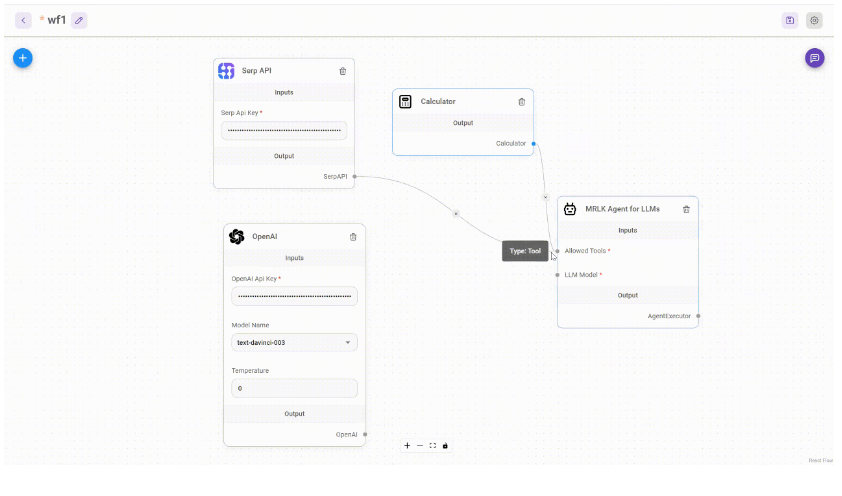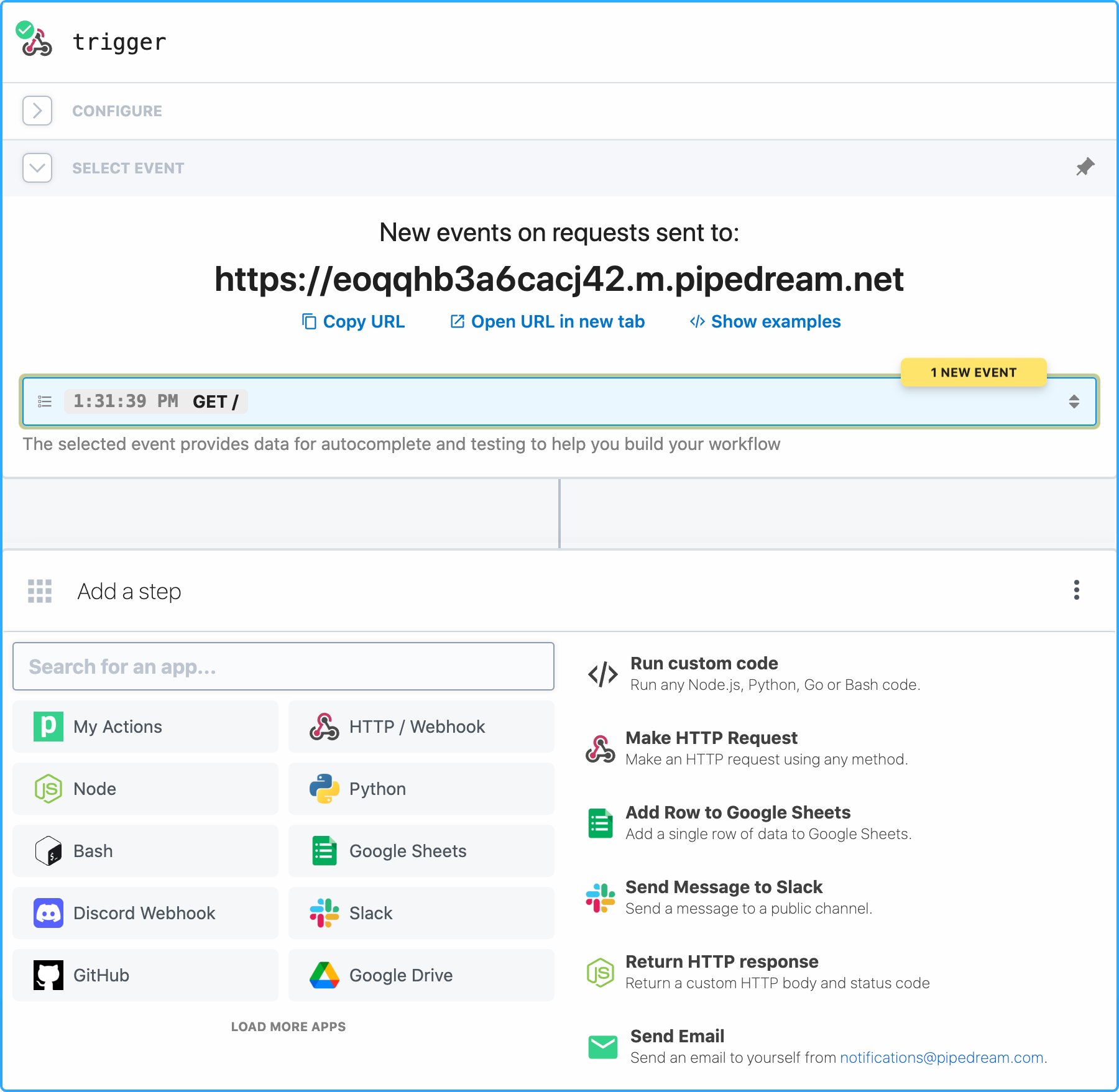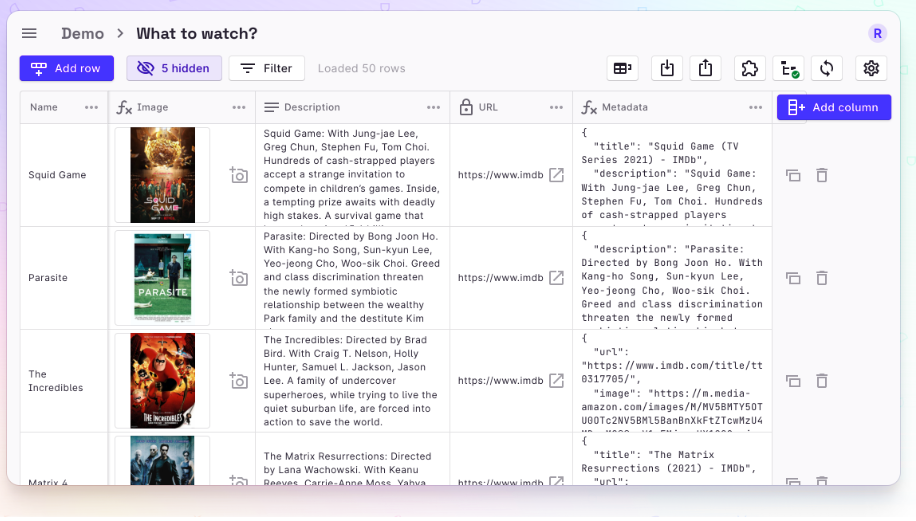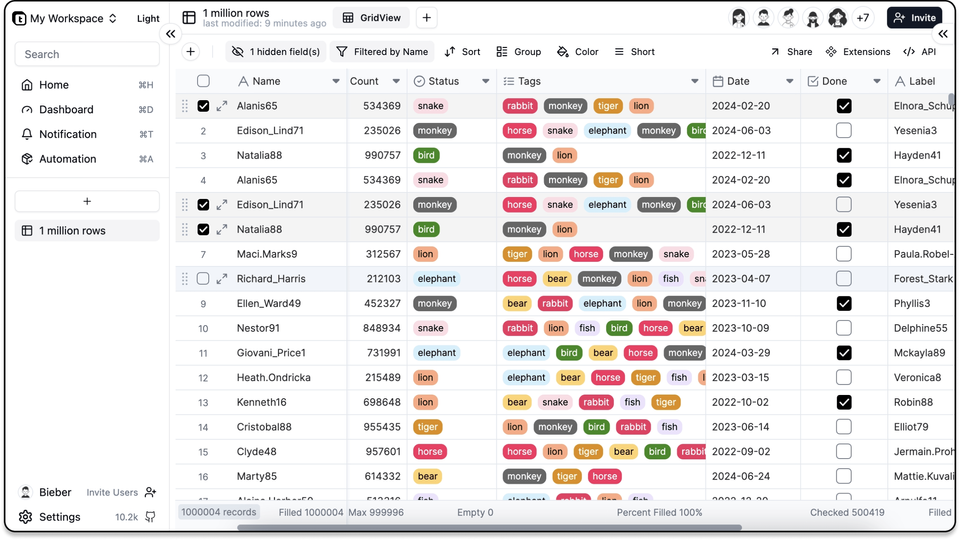35 Self-hosted Low-code Solutions for 2024
What is a low-code and no-code platform
Low-code and no-code platforms are development environments that enable the creation of software applications with minimal or no coding. They use visual interfaces with drag-and-drop features to allow developers, and even non-developers, to design and build applications.
How they benefit developers, citizen developers, startups, and enterprises
Low-code and no-code platforms are beneficial for a variety of users. For developers, these platforms can reduce the time and complexity of coding, allowing them to deliver applications faster.
Citizen developers, who may not have formal coding training, can use these platforms to create applications without needing to write code. Startups and enterprises can benefit from these platforms by reducing the dependence on skilled developers, thus saving costs. They can also speed up the application development process, enabling faster time-to-market.
How these platforms can boost productivity and save costs for companies
By enabling faster application development, low-code and no-code platforms can significantly boost productivity. They eliminate the need for long coding processes, thus reducing the workload of developers and allowing them to focus on other tasks.
Additionally, by reducing the dependence on skilled developers, these platforms can save costs for companies. The ability to create applications in-house without hiring external developers or agencies can result in significant cost savings.
Benefits of having self-hosted low-code and no-code platforms
Self-hosted low-code and no-code platforms offer several benefits. They provide greater control over the data and the application environment, ensuring higher data security.
They also allow for customization to suit the specific needs of the organization. Furthermore, they can be more cost-effective in the long run as they do not require ongoing subscription fees.
Self-hosting apps also ensures that the platform can be used offline, making it more reliable in areas with unstable internet connections.
In the list below, you will find top low-code and no-code self-hosted platforms suitable for various purposes.
1. FlowFuse
FlowFuse is a revolutionary tool designed to enhance the efficiency and productivity of Node-RED developers. It aims to enable a more reliable, secure, and collaborative environment for application development and delivery.
Node-RED is a flow-based, low-code development tool. It was initially developed by IBM to wire together hardware devices, APIs, and online services as part of the Internet of Things (IoT). Node-RED provides a web browser-based flow editor, which can be used to create JavaScript functions. This makes it an exceptional tool for visual programming, enabling developers to see the flow of data and how components interconnect. Node-RED's innovative design allows for a more intuitive and visual approach to programming, making it accessible to both novice and experienced developers.
The primary strength of FlowFuse lies in its low-code development environment, which is ideal for integrating hardware devices, APIs, and online services. This intuitive approach significantly simplifies the application development process.
One of the key features of FlowFuse is its facilitation of team collaboration. The platform allows multiple developers to concurrently work on a single instance, thereby promoting teamwork and speeding up the development process.
FlowFuse also excels in managing remote deployments. Many organizations deploy Node-RED instances to remote servers or edge devices, and FlowFuse automates this process. It achieves this by creating snapshots on Node-RED instances that can be easily deployed to multiple remote targets.
2. Flowise

Flowise - Build LLM Apps Easily is a low-code, self-hosted platform designed for efficiency and convenience. It features a user-friendly drag & drop UI that allows users to build customized LLM flows with ease. This innovative tool simplifies the process of creating LLM apps by providing an intuitive, visual approach to programming.
As a self-hosted platform, Flowise offers users full control over their development environment. Furthermore, it can be easily installed using Docker, facilitating a straightforward and hassle-free setup process. Whether you're a novice or an experienced developer, Flowise is designed to enhance your productivity and streamline your development workflow.
3. Pipedream

Pipedream is a versatile integration platform designed for developers. It offers a free, hosted platform for building event-driven automations and connecting apps. With over 1,000 fully-integrated applications, developers can swiftly perform tasks such as sending messages to Slack or adding a new row to Google Sheets.
Furthermore, Pipedream supports custom code in multiple languages (Node.js, Python, Golang, or Bash) for more complex operations. Its low-code approach allows for a balance between pre-built components for common tasks and custom code for specific needs.
Pipedream's features include Workflows for running automations, Event Sources that trigger workflows, Actions for common operations, and Destinations for asynchronous event delivery.
This platform is excellent for startups and enterprises alike, greatly simplifying the process of building internal tools and integrating several solutions into one.
4. ILLA Builder

ILLA is an excellent open-source low-code platform designed primarily for developers. Its core function is to simplify the process of building internal tools such as dashboards, CRUD apps, admin panels, CRMs, and CMSs. It supports a wide range of databases and APIs, including PostgreSQL, MySQL, Supabase, GraphQL, MongoDB, MSSQL, and Rest API.
One of ILLA's key features is its ability to automate workflows, either on a schedule or via a webhook. It offers real-time collaboration, enabling teams to build tools together in real time. It also supports automation, allowing for quick and efficient connections between different components.
ILLA's self-hosting capability, with support for Docker and k8s, offers developers full control over their environment. It also includes page support, which forms the foundation for creating content-rich and user-friendly tools.
With its design powered by ILLA, the platform ensures that no idea is too ambitious to be realized. ILLA is an ideal solution for startups and enterprises alike, with its versatility in building AI-based and IoT apps, making it a game-changer in the development space.
5. Rowy

Rowy is an open-source, low-code collaboration service similar to Airtable, allowing teams to manage data-oriented projects. It can be installed on Google Cloud Platform quickly and comes with numerous templates for various tasks and projects. It supports over 30 data fields and requires no low-level configuration, making it user-friendly for developers.
6. Frank!Framework
The Frank!Framework stands as an intuitively designed, stateless integration framework, adept at facilitating the seamless modification and exchange of transactional messages between diverse systems.
It's superiority is rooted in its unparalleled configurability achieved through XML configurations. This adaptability grants each Frank!Application the power to house multiple configurations, with each configuration possessing the capacity to have multiple end-to-end connections, commonly referred to as 'adapters'.
For peak performance and customization, these configurations can be conditionally or individually (re)loaded at will. Adding to its prowess, the Frank!Framework offers comprehensive management and monitoring capabilities accessible via a web interface or REST API.
Exhibiting its platform independence, it's written in Java and as such, can operate on virtually any system equipped with Java support, ensuring extensive applicability. It's no doubt that this feature-packed framework is the ultimate solution for flawless system integration.

